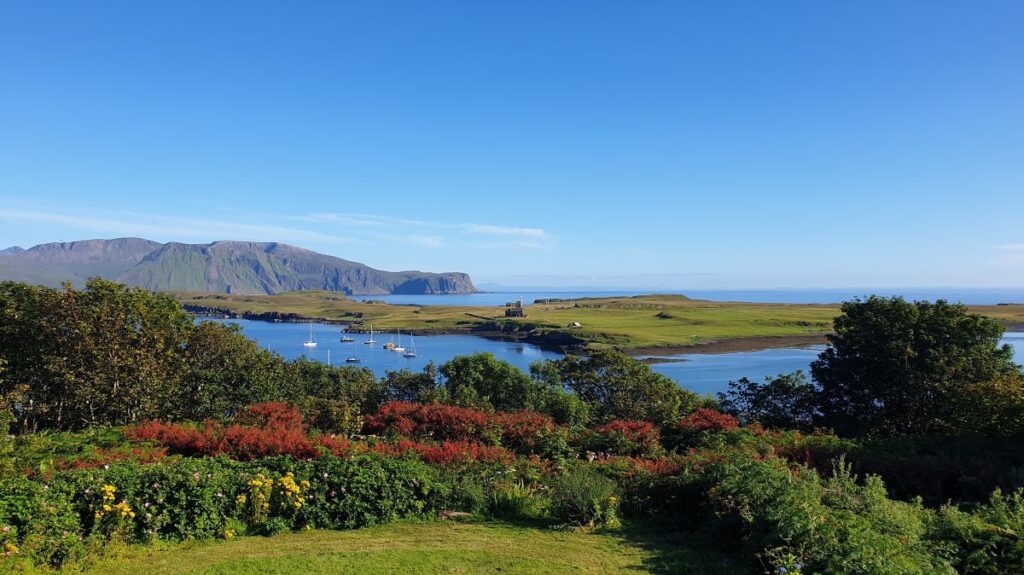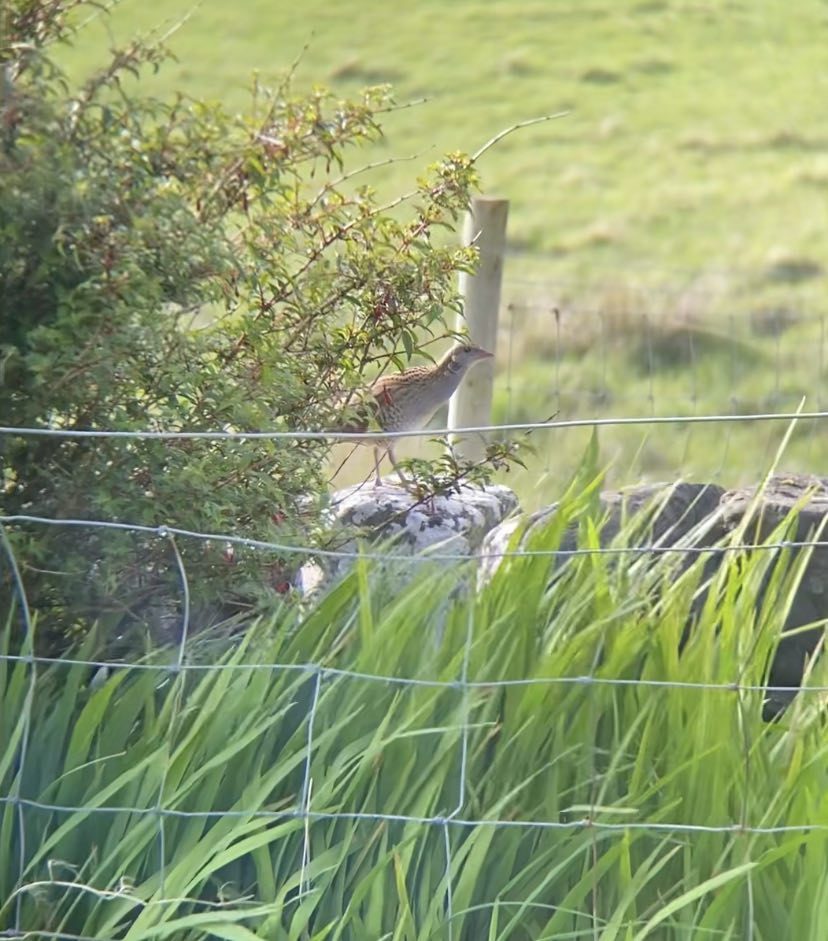
Number of endangered Corncrakes soar on Canna thanks to farmers
The number of endangered corncrakes on Canna has soared after years of low populations, and experts say it’s all thanks to farmers.
At least 12-14 calling males were recorded on Canna this year, which is the first time the National Trust for Scotland has conducted formalised corncrake monitoring on the island for many years.
Data collected by Bob Swann from the Highland Ringing Group over the last few decades demonstrated a worrying trend of just one or two corncrakes on Canna in many seasons.
The growing corncrake population on Canna can be largely attributed to high nature value farming practices that support the conservation of this species, NTS said.
Once prevalent across the UK, the population has been in long term decline due to the intensification of agricultural methods.
Because of this decline, corncrakes are one of the 26 priority species identified in the Trust’s Plan for Nature, announced earlier this year.
The Trust is working with crofters and farmers, and managing land directly, to increase the corncrake population to 50 calling males on Trust land, which would account for approximately 6% of the current UK population.
Canna has five designated areas of farmland for corncrake, which are managed by Geraldine MacKinnon and the island farming team, with support from Tom Allen, the Trust’s ranger on Canna.

Credit: Mairead Wilkie
The team undertakes farming practices to benefit biodiversity, which includes strategies to support breeding corncrakes.
‘Canna Farm is a great example of prioritising both the production of high-quality livestock and creating a haven for wildlife and achieving success in both,’ Tom said.
‘By adapting our farming methods on Canna, we are supporting this species and its regeneration without making significant sacrifices to our other outputs.
‘We’re really heartened by the success of corncrake on our farmland, and we hope this is a sign that things are moving in the right direction.
‘However, we know this is an endangered species and their numbers are especially prone to fluctuations, so we will continue to closely monitor our numbers and do what we can to support corncrake habitats.’
Extensive mixed livestock grazing of the hill ground in summer, combined with no mowing of the grassland fields, provides areas of undisturbed cover around the home farm for nesting birds.
The Sanday crofters also reported high levels of corncrake activity on the crofts they manage and graze with native cattle.
‘We undertake a very different and productive way of farming on Canna, which is vital for nature conservation,’ Angus Murray from NTS said.
‘It supports a wide variety of species, but as one of our priorities, we are especially pleased to see the growth of our corncrake population.’
Read more Wildlife stories here.
Subscribe to read the latest issue of Scottish Field.
TAGS

